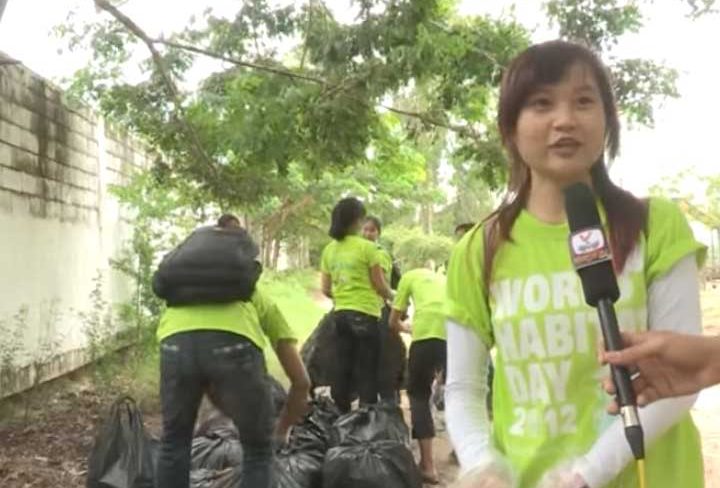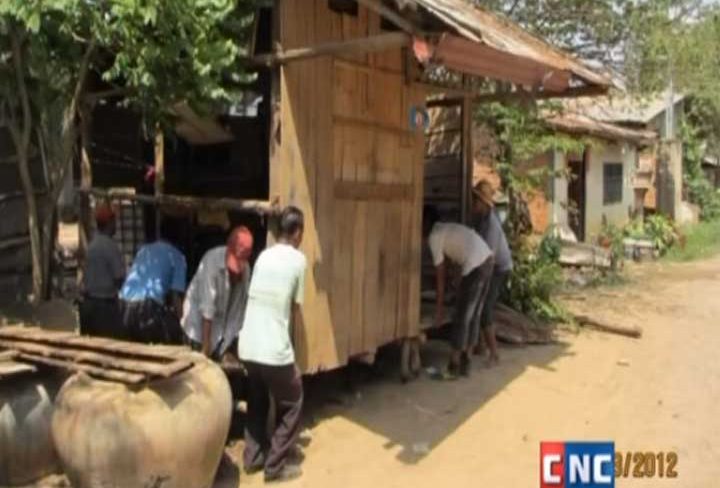The development of a robust Housing Finance sector will be crucial for the future of HFHC program. There are 39 NBI-regulated Microfinance Institutions (MFIs) in Cambodia serving 2 million clients (as of September 2014) and they have strong urban and rural branch networks and regularly providing access to credit and savings vehicles for low and middle income households. Most low income households are able to secure MFI credit, however penetration rates of very poor and very rural households remains low. Instead these families turn to other private or informal lenders at significantly higher rates. NGOs have been the main source of housing support (i.e. loans subsidized lower than market rates) for the poor, low-income households and vulnerable groups in Cambodia and evidence shows their impacts as positive but limited in scale.
HFHC Action
The housing finance program began in 2012 and new partnerships with major micro-finance institutions (MFIs) such as KREDIT, Theneaka Phum, and Hattha Kakseakar Limited were created. Institutional loan is provided to MFIs, which are then disbursed to families for housing and home improvement loans. In order to complement its water and sanitation efforts in rural Cambodia, HFHC promotes sanitation loan through MFI partnership. Institutional Technical Assistance, which was initially funded through Swiss Capacity Development Fund is also provided to MFIs to develop or re-define their products and build their capacity on Construction Technical Assistance and financial education for home improvement.
In addition, increasing market-based supply of safe, quality, affordable houses for low-income earners through adoption of improved construction techniques by individual homebuilders and development of social enterprise model at national level and engagement of local private sector in the improvement of housing conditions for vulnerable women factory workers, particularly women in the garment sector will also be delivered.




